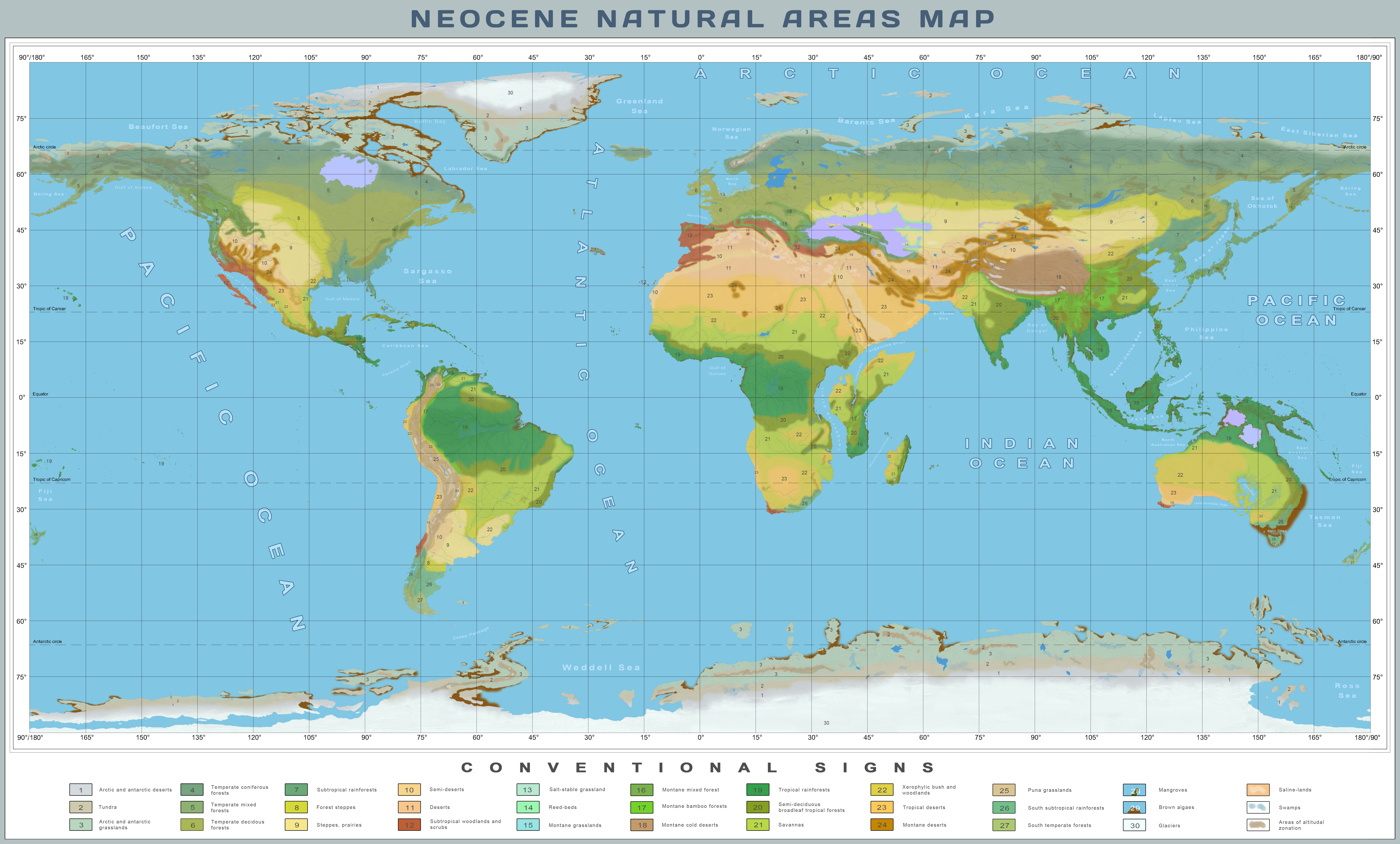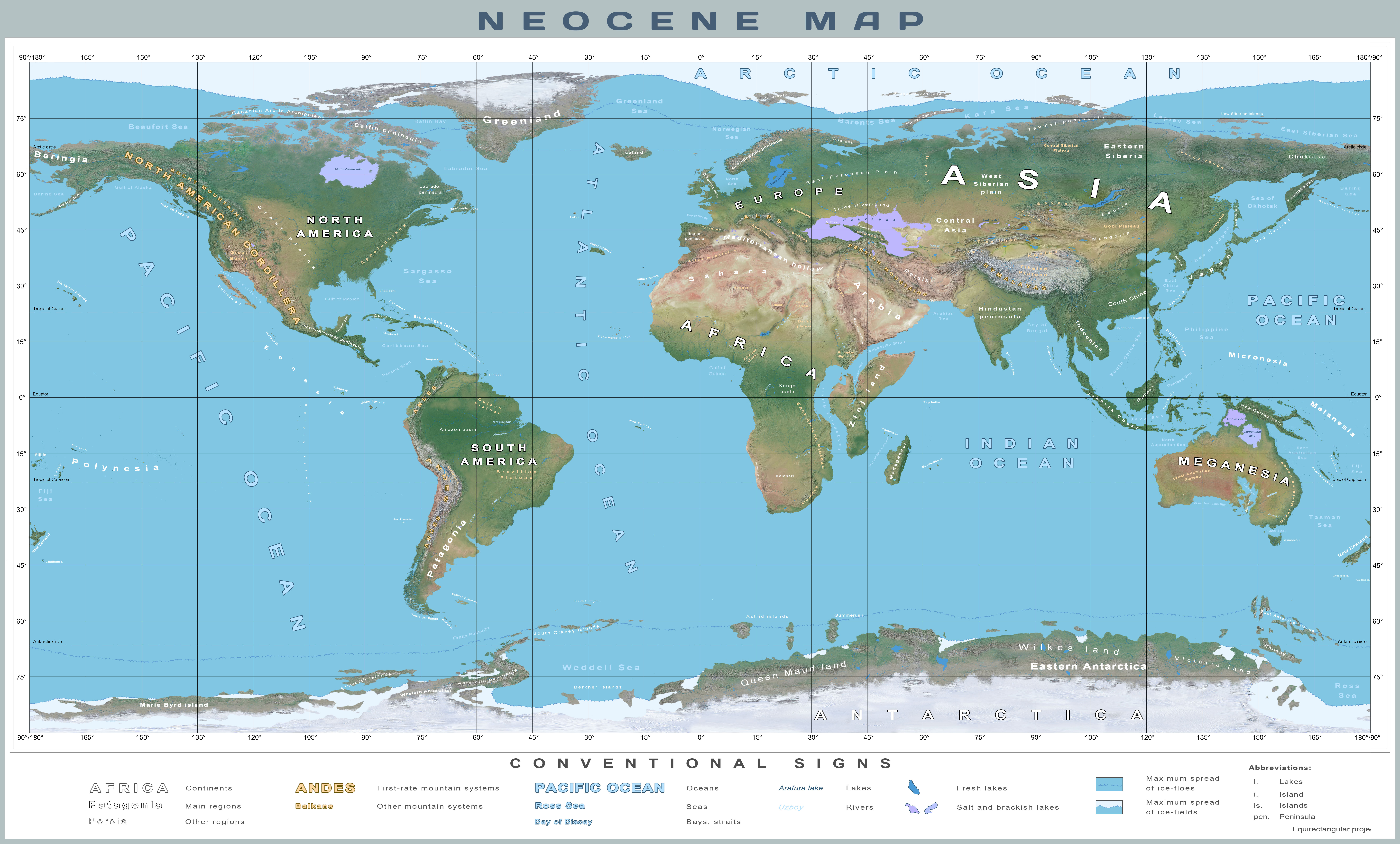Форум » Foreign section » Galliformes and other animals for South America (продолжение) » тема закрыта |
 
|
|
|
| |||||||||||||||||||||||||||||||||||||||||||||||||||||||||||||||||||||||||||||||||||||||||||||||||||||||||||||||||||||||||||||||||||||||||||||||||||||||||||||||||||||||||||||||||||||||||||||||||||||||||||||||||||||||||||||||||||||||||||||||||||||||||||||||||||||||||||||||||||||||||||||||||||||||||||||||||||||||||||||||||||||||||||||||||||||||||||||||||||||||||||||||||||||||||||||||||||||||||||||||||||||||||||||||||||||||||||||||||||||||||||||||||||||||||||||||||||||||||||||||||||||||||||||||||||||||||||||||||||||||||||||||||||||||||||||||||||||||||||||||||||||||||||||||||||||||||||||||||||||||||||||||||||||||||||||||||||||||||||||||||||||||||||||||||||||||||||||||||||||||||||||||||||||||||||||||||||||||||||||||||||||||||||||||||||||||||||||||||||||||||||||||||||||||||||||||||||||||||||||||||||||||||||||||||||||||||||||||||||||||||||||||||||||||||||||||||||||||||||||||||||||||||||||||||||||||||||||||||||||||||||||||||||||||||||||||||||||||||||||||||||||||||||||||||||||||||||||||||||||||
Форум » Foreign section » Galliformes and other animals for South America (продолжение) » тема закрыта |
|
|
|
| Все даты в формате GMT
3 час. Хитов сегодня: 119 Права: смайлы да, картинки да, шрифты да, голосования нет аватары да, автозамена ссылок вкл, премодерация откл, правка нет |






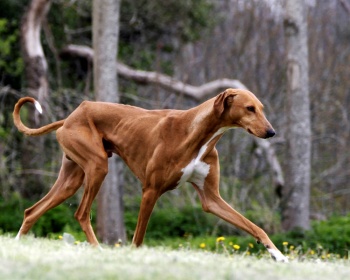


 They sure will extinct to neocene. May be some bird of the lake can replace them? May be Cygnus melacoryphus?
They sure will extinct to neocene. May be some bird of the lake can replace them? May be Cygnus melacoryphus? 


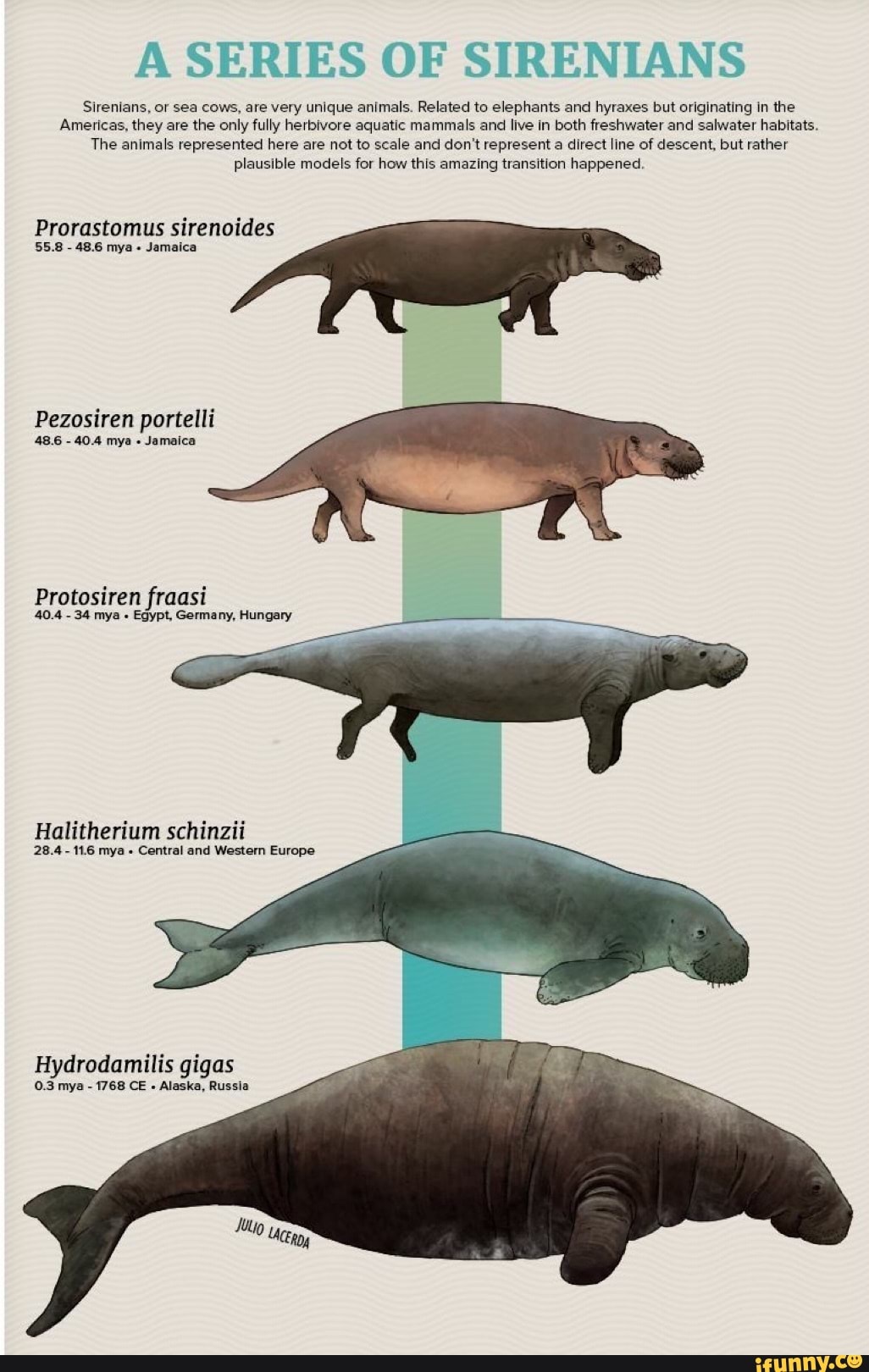

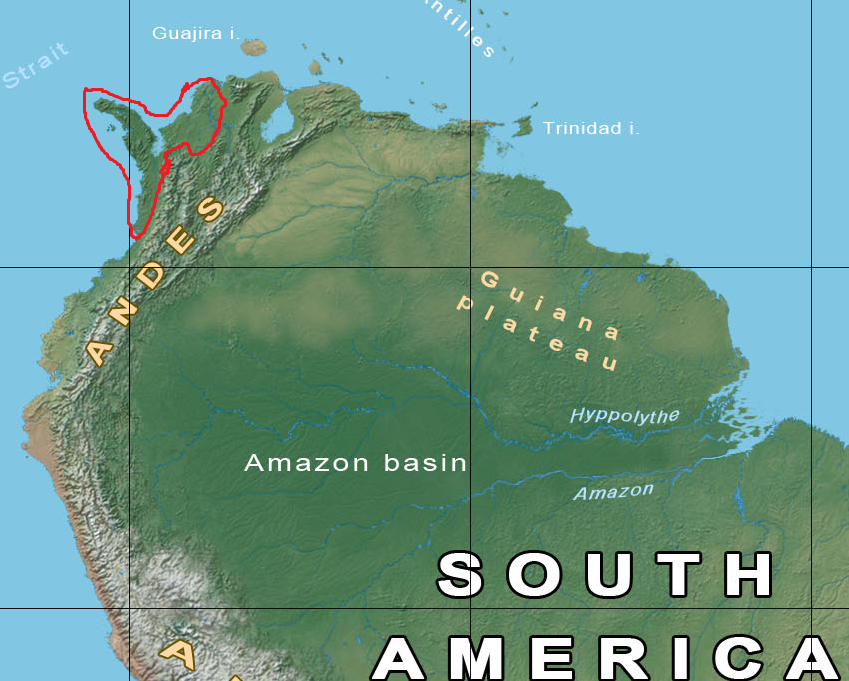
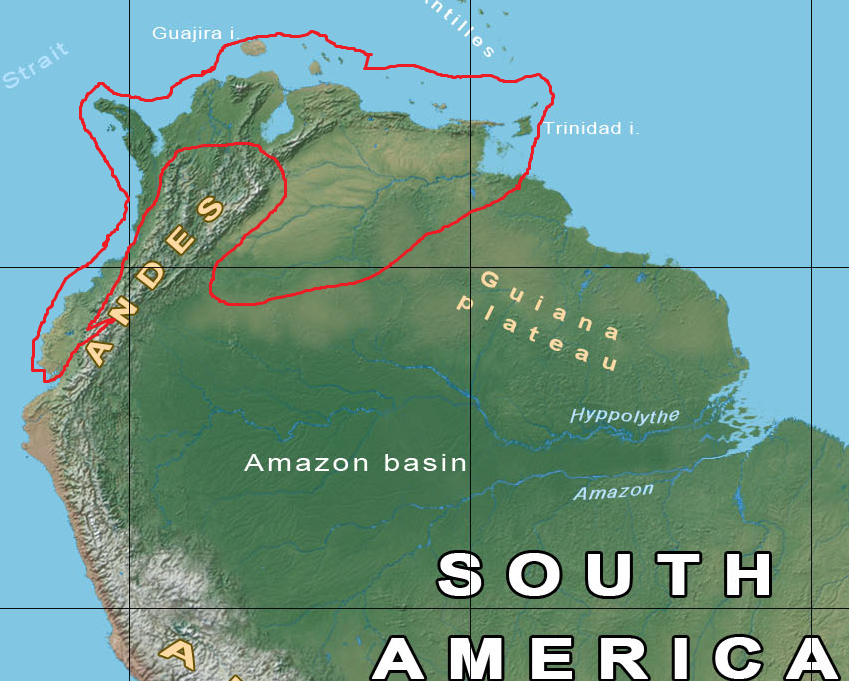
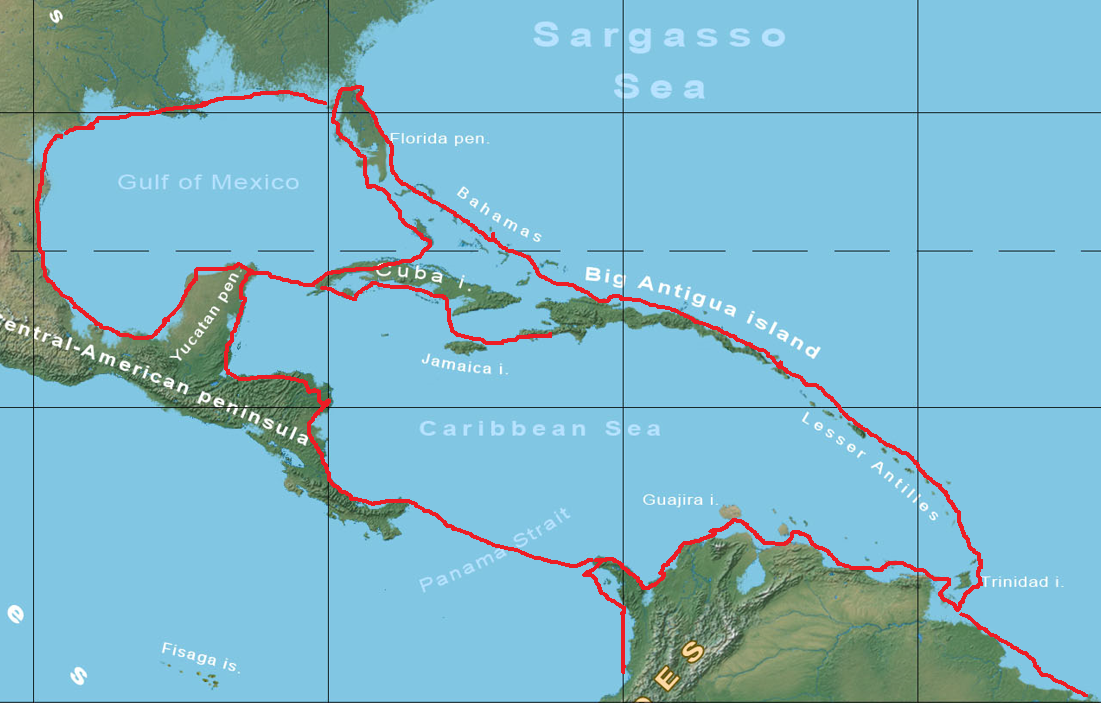
 `
` 
 , although there are all conditions for the implementation of my idea their.
, although there are all conditions for the implementation of my idea their. 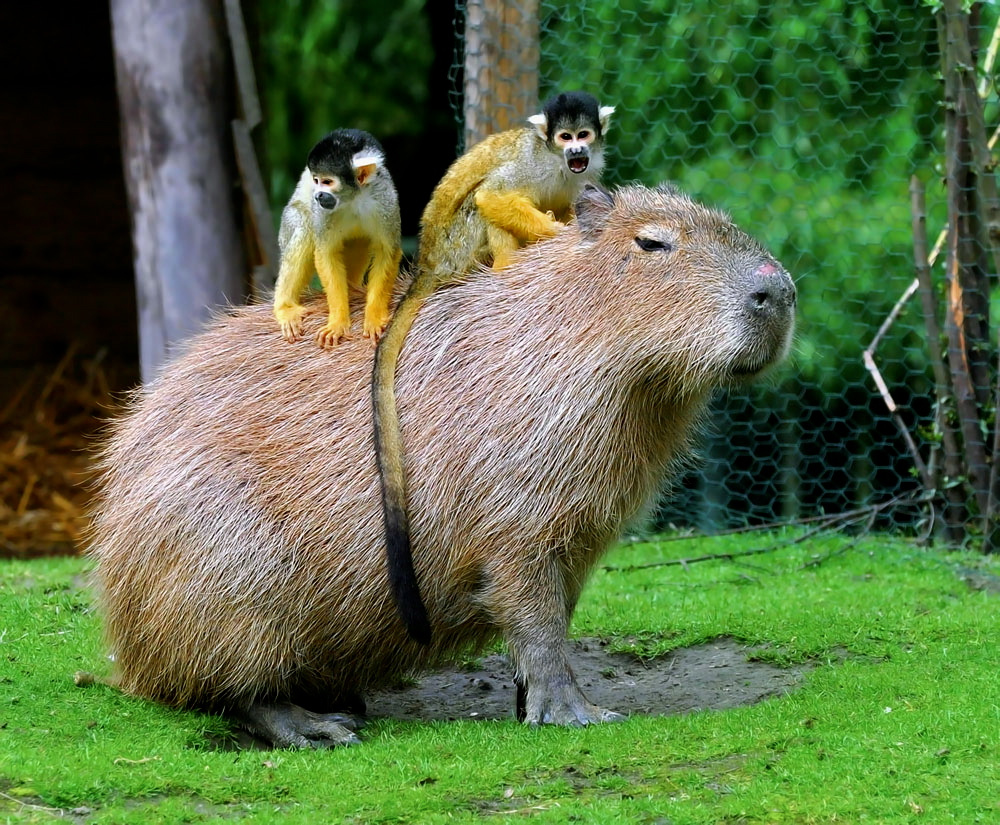
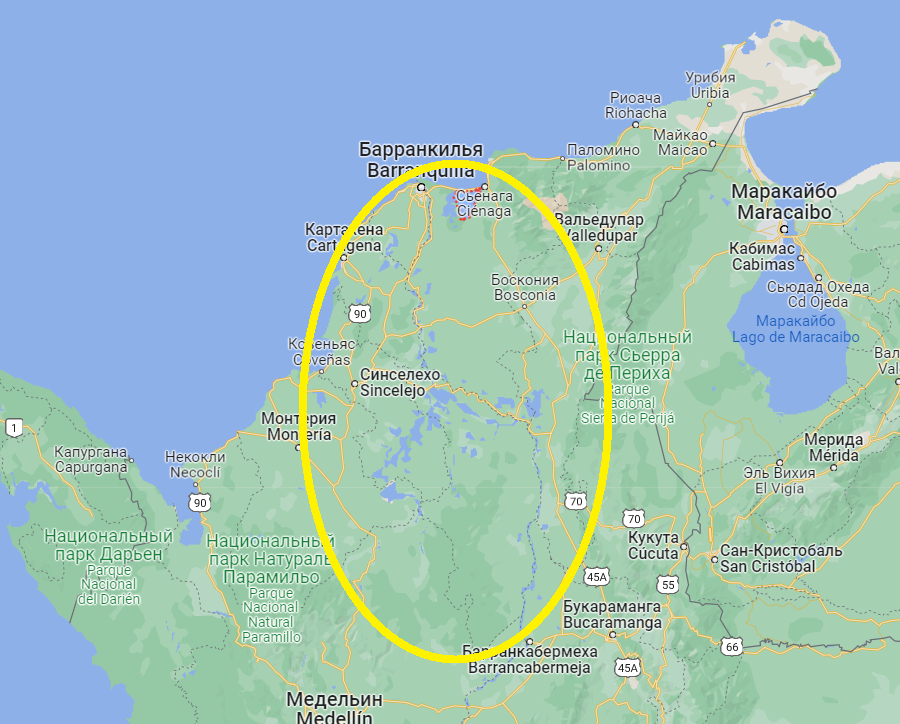
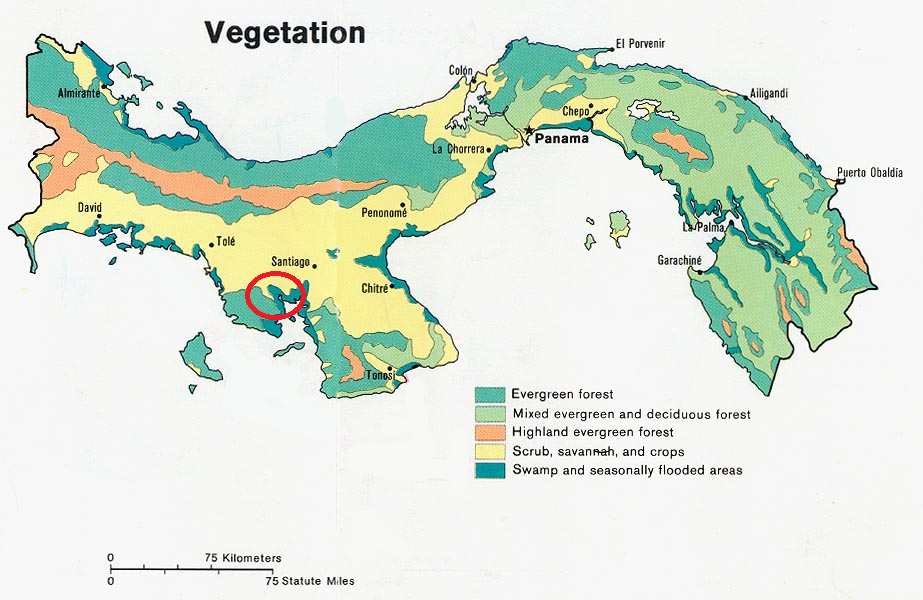
 in the mouth of the river Loa in Chile
in the mouth of the river Loa in Chile 